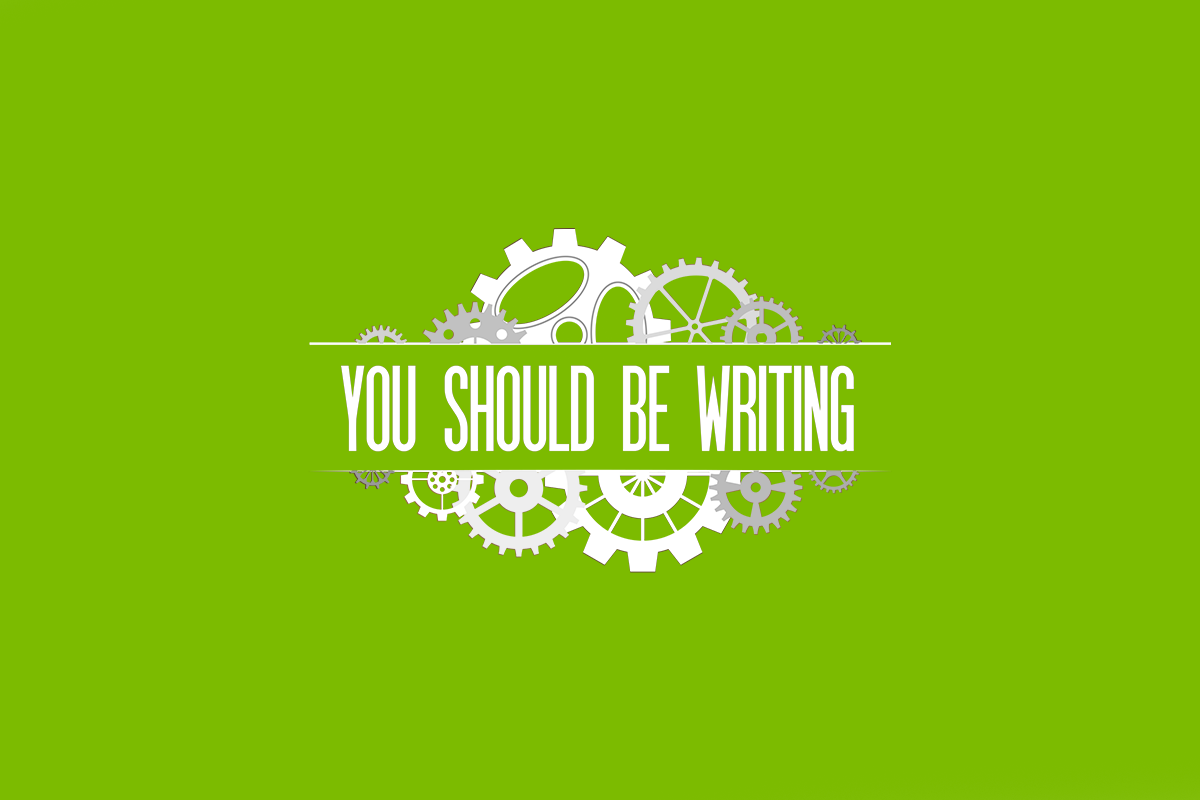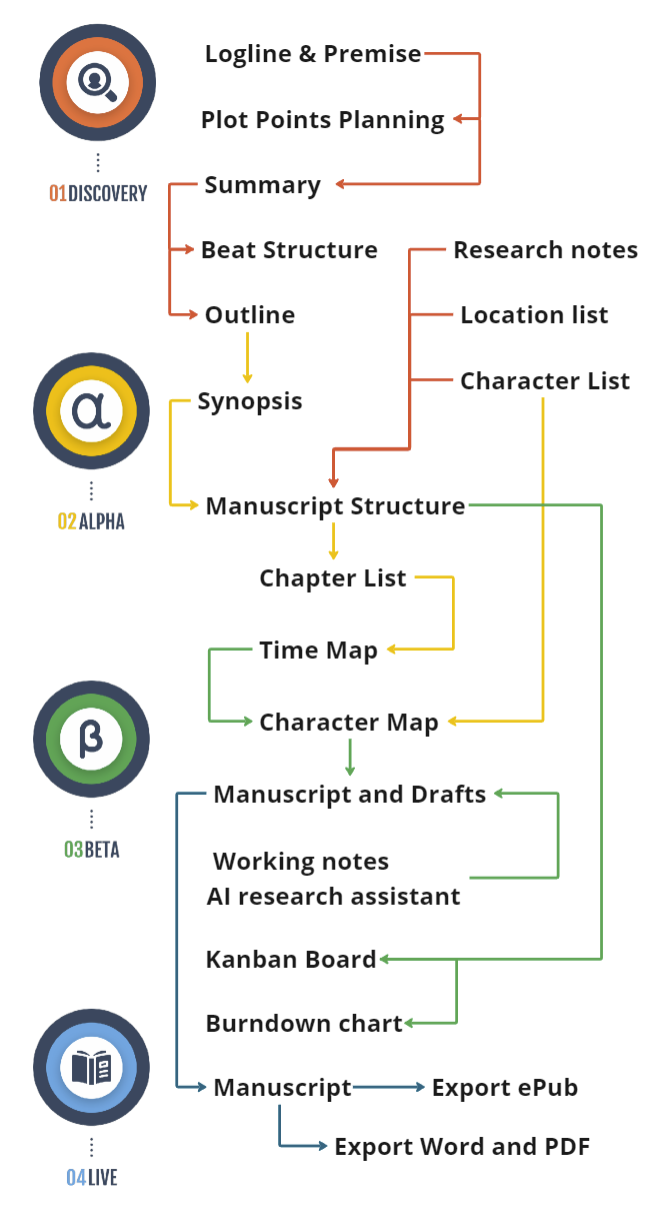Blog post writing for writers – the 3 recipes
or
The story about you writing your story
First thing you need to accept: you will make mistakes; mostly because you must undergo a learning process. Writing blog posts differs from writing a novel. There are no rules when it comes to creating a post. They are literary chaos at its best. You can write anything. Anyone can read them.
The traffic sources of your blog can be author and reader generated or search engine results. Although you and your readers may share the articles on social media or send links by e-mail, there is a level of randomness in how a search engine directs readers to your post page.
This is what makes it fun. When writing a blog post, you can use the technique you already have and create mini stories that showcase your writing style. You could also experiment. Let your mind share with the paper without too much control. New lines of thoughts are created this way.
We do not ask an editor to go over the articles we write for Asengana and not even for this educational driven text. Not that I would not love to have an editor reviewing everything I write. We simply do not have enough time and resources while concentrating on developing the platform.
Nevertheless, I really appreciate all feedback received from editors/writers visiting the website and I’m grateful for any piece of editing advice we receive. In the end, it’s a deal. The message I try to convey should be at least intelligible, once you look beyond typos or misspelling. Still, this is not the strategy I apply when it comes to my short stories or novels. Even the writers who are editors as well are asking for other editors’ assistance.
1. Purpose
The purpose of an article is reached when I can balance the following requirements:
- A title that intrigues
- An introduction to stir the need to read more
- A content that answers the questions: what?, who?, how?, and why?
- Multimedia component: images, sounds, video
- A last sentence that is not just a conclusion, but a call-to-action also
The result should be an easy-to-read text offering useful information and determining the reader to share or to act as suggested. There is a lot to be learned from articles written by other writers you like. We all read more in order to know more about writing; the same goes for blog post writing.
2. Title
Don’t you just hate those titles – “How to change a diaper in 5 easy steps”? As a father who has changed hundreds of diapers, I do. At the same time, I have to admit it’s catchy. It is puzzling, but the technique of writing these titles is not difficult and they still generate leads.
Similar ideas:
Do you also make these 8 mistakes when creating a new alien character?
The writing secret only known to plantsers.
What you’ll learn from first reading the last volume of this author’s trilogy.
Everything you know about writing a query letter is wrong!
How I sold 1000 books my first month on Amazon and how you can do it too.
If you can write an email, you will be able to create a website also.
At last, the best way to make money from self-publishing!
![]() Every time I see this type of title, I cringe. But it would be hypocritical of me not to recognize that my lizard brain gets the best of me and most often than not I click on the link.
Every time I see this type of title, I cringe. But it would be hypocritical of me not to recognize that my lizard brain gets the best of me and most often than not I click on the link.
3. The three recipes
Drawing on my experience as a social media manager and on the experience of others better than I, I came up with three recipes for writing articles. They seem to produce more compelling results than others and are easy to follow. Even if they are not applicable per se for a writer, they offer a glimpse into the mind of a marketer.
- Define the context from a historical perspective: the year we are in, economic conditions, political issues, social problems, environment
- Add a quote to support the context
- Express your point of view on the matter
- Add a quote (ideally yours)
- Predict a future development and create a connection with your book.
- Tell the reader what are you going to communicate about (limit yourself to 3 ideas, concepts, situations)
- Tell the reader what you want to, in 3 paragraphs.
- Tell the reader what is it you wrote about.
The aim of this article writing recipe is to filter your audience, while also being respectful of the readers’ time. If one reader does not find any of the 3 ideas interesting, he will just move on.
You should also read:
SMM 1/7 – Why is the way you define Social Media Marketing important?
SMM 2/7 – Personal branding for writers
SMM 3/7 – The website – a writer’s castle
SMM 5/7 – Social Networks – a like value is 0
SMM 6/7 – DIY Social Media Marketing Plan for writers
SMM 7/7 – Project Management for writers – Kanban




